Mozambique: UNESCO strengthens sexual education for 30,000 pupils
Four billion dollars needed for water and sanitation – Government
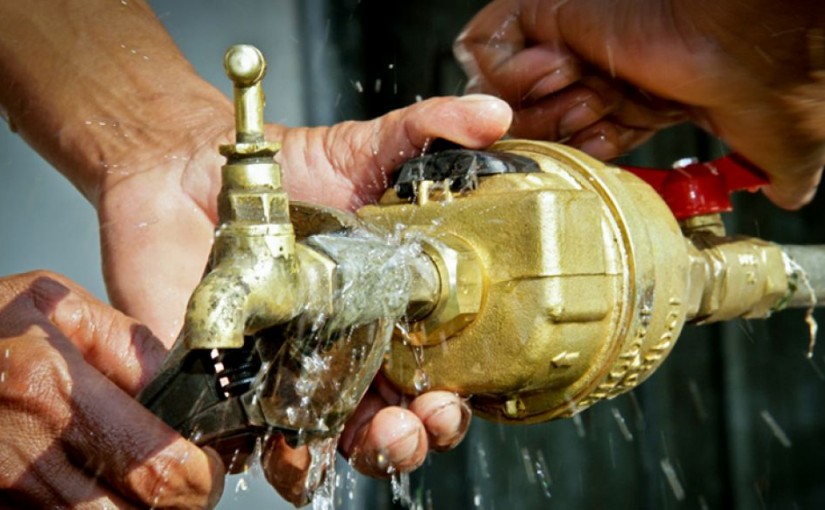
ADB (File photo)
Mozambique needs over four billion US dollars in order to guarantee water supply and decent sanitation for all the 35 million people expected to be living in the country by 2029, the Minister of Public Works, Carlos Bonete, said in Maputo on Thursday.
He was speaking at a meeting with his Ministry’s cooperation partners, at which he presented Mozambique’s vision for attaining the Sustainable Development Goals (SDGs).
The SDGs are the follow-up to the Millennium Development Goals (MDGs). The 17 SDGs, with 169 targets, were approved by the United Nations General Assembly in 2015, and set a development agenda for a 15 year period, from 2015 to 2030.
The key SDG for Bonete’s Ministry is the sixth goal, which is “to ensure availability and sustainable management of water and sanitation for all”. This means achieving universal and equitable access to safe and affordable drinking water for all, and access to adequate and equitable sanitation and hygiene for all and ending open defecation.
Thursday’s meeting was held to discuss how to mobilize the finance needed to achieve these targets in Mozambique.
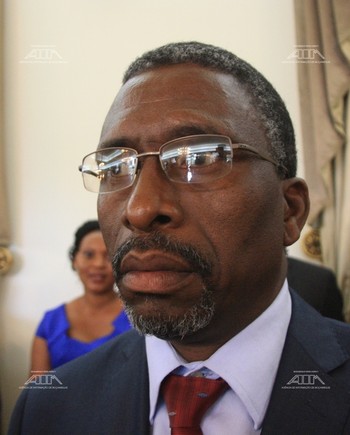
Bonete said that currently 50 per cent of the Mozambican population has access to safe drinking water, but only a third of the population is covered by decent sanitation. Achieving full coverage by 2030, the cut-off date for the SDGs, is thus an enormous challenge – and one that Mozambique cannot achieve on its own.
“We are aware that what it has been possible to achieve so far was thanks to the aid from our cooperation partners”, said Bonete.
The chairperson of the Water Regulatory Council (CRA), Manuel Alvarinho, stressed the need to avoid wasting water. He called for the harvesting of rain water, and the recycling of water from drainage systems.
“We have to turn water, sanitation and hygiene into great weapons in the fight against poverty”, he said “We have to see how we can harvest water from drainage, and rain water”.
The Public Works Ministry has divided the period covered by the SDGs into five year chunks. It calculates that investment of 1.23 billion dollars will be needed in the 2015-2019 period, rising to 1.31 billion in 2020-2024, and to 1.62 billion in 2025-2029. The grand total for the entire 15 year period is 4.16 billion dollars.
The task is daunting. For water, it involves increasing the number of people whose homes are connected to the public water supply from the 2015 figure of 2.9 million to 12.4 million by 2029. Over the same period, the number of people drawing their water from standpipes should rise from just under three million to 7.8 million, while those relying on sources such as safe wells and boreholes should rise from 8.5 to 15.2 million. By 2029, nobody should be forced to rely on rivers or lakes for their drinking water.
As for sanitation, the plan is to raise the number of people whose homes are connected to the public sewer system from the 2015 figure of 238,000 to 1.2 million by 2029. The number using septic tanks should rise from 1.2 million to 6.5 million. But to meet the SDG target there must be a vast increase in the number of people using improved latrines – the figure should rise from 6.9 to 27.3 million. If this is achieved, no households at all will be without latrines, and forced to defecate in the open.





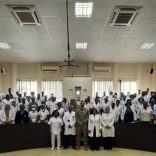


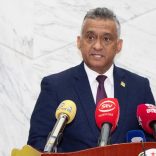

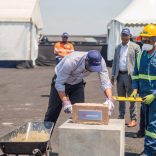

Leave a Reply
Be the First to Comment!
You must be logged in to post a comment.
You must be logged in to post a comment.